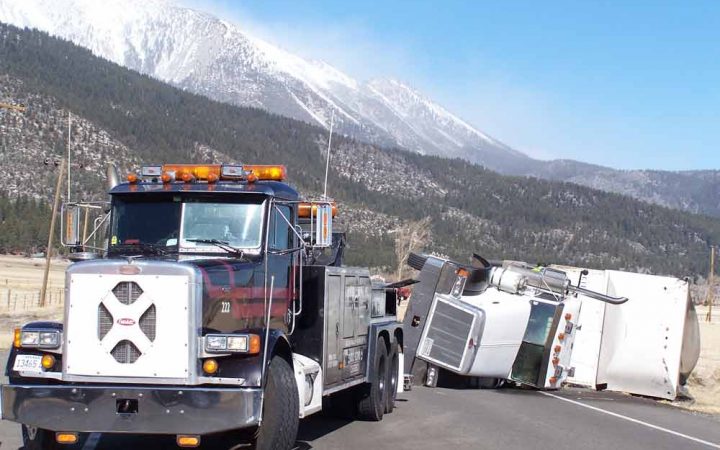The easiest solution to driving your RV in high winds is simply to not drive. But that may not always be a choice. Just like if your main concern was safety in high winds, you would probably be driving an Abrams tank instead of an RV. But would you want to go camping in one? But compromising safety for comfort also means you must make adjustments if adverse conditions dictate. Like driving an RV in high winds.
High winds can occur in all seasons, from Santa Ana winds in late summer in California to winter winds that blow across the Great Plains. Regardless of your circumstance, here are some suggestions for how to handle your RV if you get caught in any high wind condition.
- Slow way down so that you can maintain control when a gust of wind hits your RV.
- Proceed at a greatly reduced speed until you can find a safe place to get off the road.
- If you have an option, park in a large parking area where you can point facing (rather than broadside) into the wind.
Avoid…
- Tailgating. Extremely dangerous in high winds, as the vehicle in front of you could react to the wind and not leave you enough time to stop or avoid disaster.
- Weaving in and out of traffic. Puts you at the mercy of other vehicles as the wind deflects off you or them causing unpredictable results.
- Making sudden lane changes. Can quickly send you out of control when you’re pulling a trailer or driving a motorhome.
- Quick actions. Can cause oversteering, taking you out of your lane, causing danger to yourself and others.




Bob Difley
A Wind Advisory is generally issued by the National Weather Service of the United States when there are sustained winds of 31–39 miles per hour (50–63 km/h) and/or gusts of 46–57 miles per hour (74–92 km/h) over land. The product is site specific, but winds of this magnitude occurring over an area that frequently experiences such wind speeds will not trigger a wind advisory. (Wikipedia)
Damaging winds are often called “straight-line” winds to differentiate the damage they cause from tornado damage. Strong thunderstorm winds can come from a number of different processes. Most thunderstorm winds that cause damage at the ground are a result of outflow generated by a thunderstorm downdraft. Damaging winds are classified as those exceeding 50-60 mph. (NOAA)
Wind Warnings, Watches and Advisories
The National Weather Service issues a number of Watches, Warnings and other products to alert the public about high wind events.
◾High Wind Warning: Take Action! Sustained, strong winds with even stronger gusts are happening. Seek shelter. If you are driving, keep both hands on the wheels and slow down. NWS offices issue this product based on local criteria.
◾High Wind Watch: Be Prepared! Sustained, strong winds are possible. Secure loose outdoor items and adjust plans as necessary so you’re not caught outside. NWS offices issue this product based on local criteria.
◾Wind Advisory: Take Action! Strong winds are occurring but are not so strong as to warrant a High Wind Warning. Objects that are outdoors should be secured and caution should be taken if driving. NWS offices issue this product based on local criteria.
karen
What range do you consider high winds